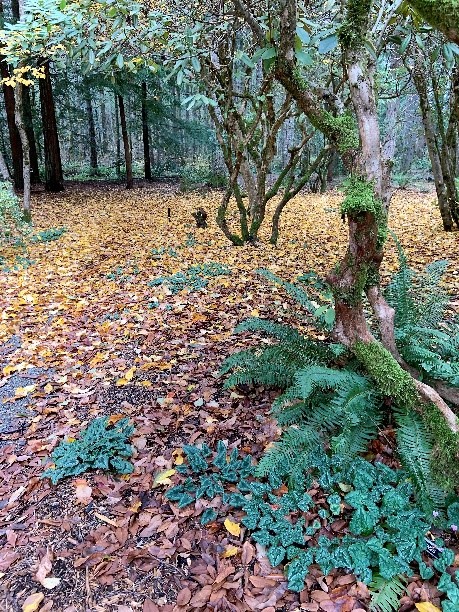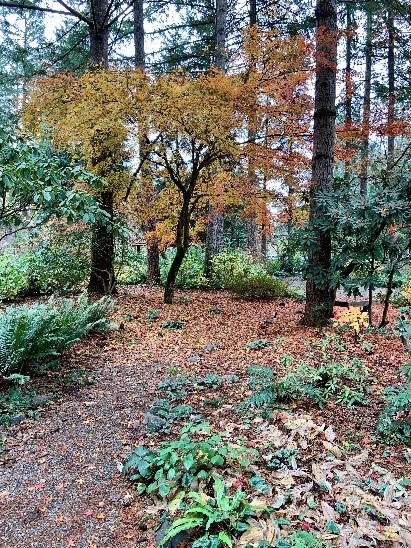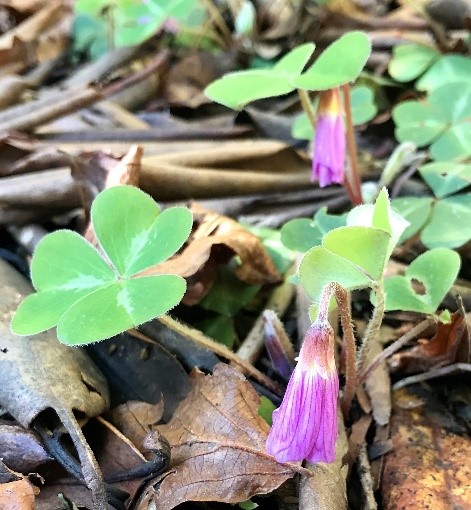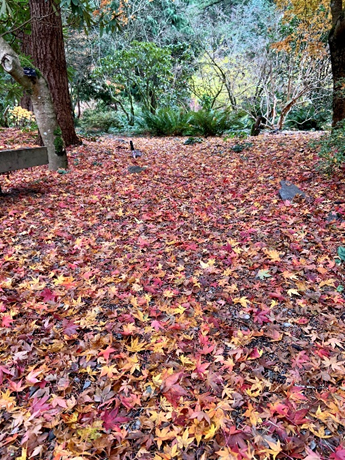Forests are vertically divided into several layers, each with their own unique ecological significance. These layers combine to create an integrated living space. The Woodland Garden at Lake Wilderness Arboretum, while a cultivated garden in areas, has been developed within the forest of native Douglas firs and the layers of the forest can be seen in the garden.
The different layers of the forest include:
- Rhizosphere: This is the underground realm of the roots found in shallow soil. As the soil depth increases the amount of roots decreases.
- Forest floor layer: The forest floor is often blanketed with decaying leaves, twigs, fallen trees, and moss. The forest floor is where recycling occurs, fungi, insects, bacteria, and earthworms are among the many organisms that break down waste materials and ready the for reuse and recycling throughout the forest system.
- Herb layer: Here are the herbaceous (or soft-stemmed) plants such as grasses, ferns, wildflowers, and other ground covers. Vegetation in the herb layer often gets little light and in forests with thick canopies, shade tolerant species are predominant. While this layer makes up a small percentage of the tropical forests, the temperate forest floor can have more species and cover a larger area. In deciduous temperate forests most wild flowers bloom in spring before the trees grow leaves.
- Shrub layer: The shrub layer is characterized by woody vegetation that grows relatively close to the ground. Bushes grow where enough light passes through the canopy to support shrub growth.
- Understory layer: The understory of a forest consists of immature trees or small trees that are shorter than the main canopy level. Understory trees provide shelter for a wide range of animals. The understory is often dimly-lit and calm without much wind due to the overhead shield.
- Canopy layer: The canopy is the layer where the crowns of most of the forest’s trees meet and form a thick layer. The canopy is exposed to sunlight but also has to deal with the winds. Trees grow tall in their competition to reach the light.




